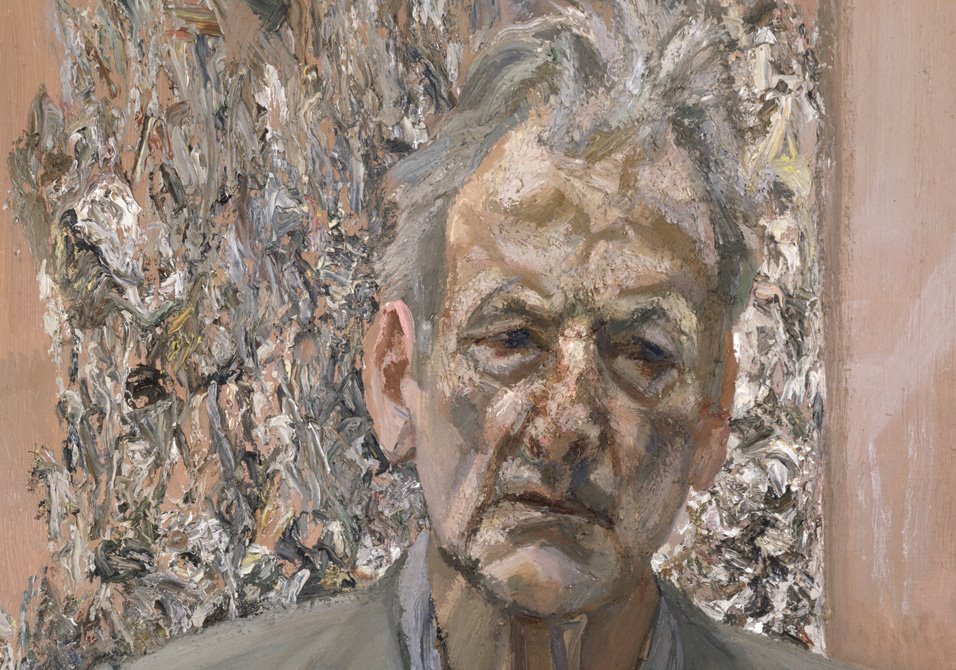
I finally got around to seeing the MoMA exhibit of the etchings of Lucian Freud. I had been hearing about him for some time – my wife considers him to be one of the greatest living painters – but up until yesterday, I’d sadly never had the opportunity to view his work up close. I’m still recovering.

A grandson of Sigmund Freud, Lucian has spent most of his life in England, where he continues to reside. Though he is most well known as a portrait artist, in particular for his “naked portraits”, the exhibit focused on his etchings. The curator of the exhibit described Freud’s work in this way:
“Often awkward and anything but idealizing, Freud’s portraits are based on a frank scrutiny of his subjects and intense reflection on their human nature. Their uneasy presence extends from his ‘horror of the idyllic’ and his belief that art should be true to life – and therefore disturbing. He has said, ‘I think of truthfulness as revealing and intrusive, rather than rhyming and soothing.'”
In other words, the man does not have an optimistic view of the world. It shows. He is interested in our defects, the scars and sweat of life, the bloody, animal side of things. His subjects often look diseased (which perhaps they are, in the Dorian Gray sense), reminiscent of the work of Egon Schiele. I couldn’t stay in the gallery all that long.
Still, there is real beauty here. I don’t just mean that Freud is a master of his craft, which he clearly is. I mean that there’s something beautiful that happens when the real truth about ourselves is ‘brought to light’, that although exposure can bring shame, it can also bring freedom. And compassion. And forgiveness. Then again, maybe I shouldn’t play art critic.
The exhibit runs until March 10th. Here are two self-portraits:

COMMENTS
One response to “Lucian Freud”
Leave a Reply
















Great insight DZ, this ‘unapologetic realism’, if I may, opens up a host of possibilities for viewing art. Having recently returned from the Louvre, I found it all-too-easy to be swept away on the smooth lines and bespoke pigments that characterize many classical works…on the Christian front, Rembrandt’s ‘Christ Preaching’ and Grunewald’s version of the crucifixion (which Barth hung above his desk) both have a Lucian Freud feel. Hope you are well…